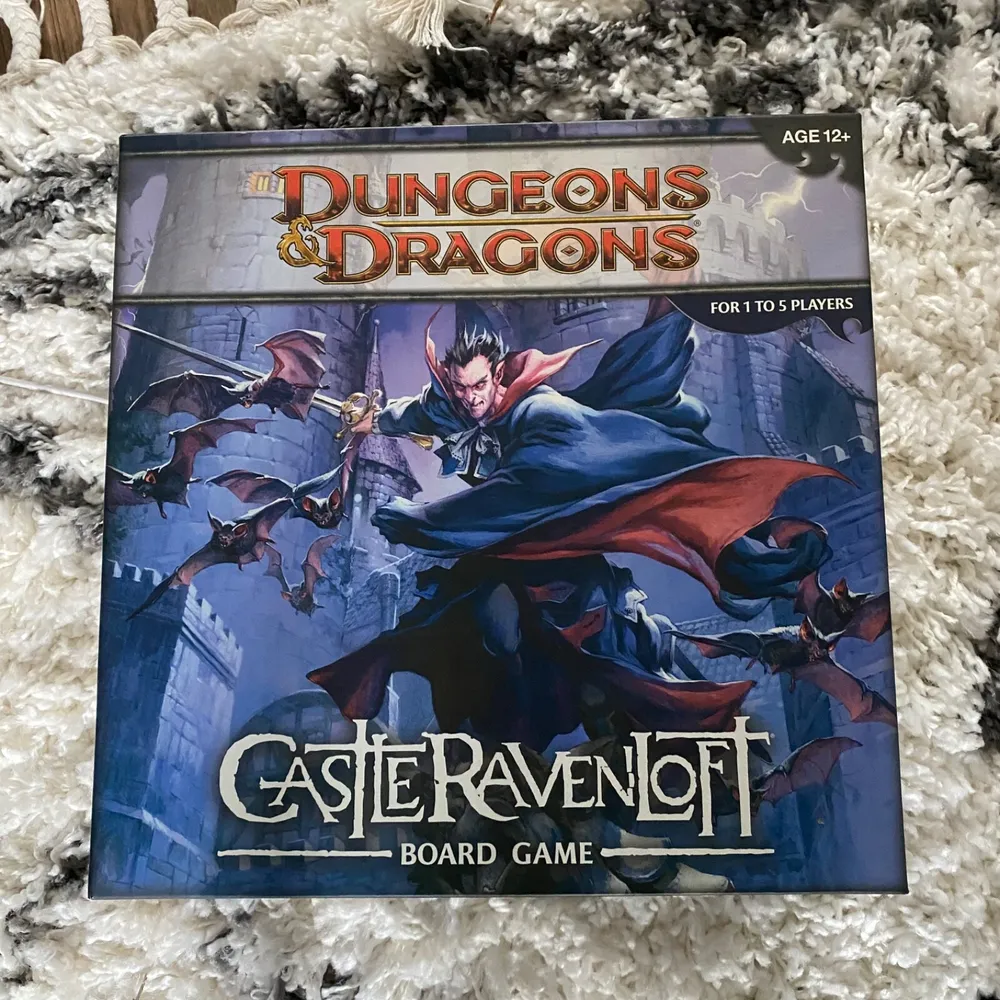Dragones Y Mazmorras (1985)
Dungeons & Dragons
Dungeons & Dragons (D&D) is a fantasy tabletop role-playing game (RPG) created by Gary Gygax and Dave Arneson in 1974. It was first published by Tactical Studies Rules, Inc. (TSR) and later by Wizards of the Coast, now a subsidiary of Hasbro. The game was derived from miniature wargames, with a variation of the 1971 game Chainmail serving as the initial rule system. D&D has had a significant impact on the gaming industry, including board games, video games, and novels.
Why is Dungeons & Dragons Popular?
D&D is popular and significant for several reasons:
– It was the first modern role-playing game and established many of the conventions that have dominated the genre.
– The game allows players to create their own characters and backstories, becoming anyone from a barbarian to a sorcerer.
– D&D has a rich history and has gone through multiple editions, with various changes to the rules and nomenclature.
– The game has been adapted for electronic RPGs, such as Baldur’s Gate, and has had a strong influence on the gaming industry.
We are supported by our audience. When you purchase through links on our site, we may earn an affiliate commission, at no extra cost for you. Learn more.

